How Manual Handling Equipment Training Increases Workplace Safety
Author: MHA Products Date Posted:9 February 2015
Whether bending down to pick something up or reaching up to take something down, every lifting and moving action in the workplace has its own risk, causing anything from a slight twinge to serious spinal damage. Making the workplace safe is easier when using the right manual handling equipment, but training in the proper techniques is just as important.
Work-related injuries have a major impact on the economy. According to a study published by Safe Work Australia in 2012, there were more than 638,000 incidents of work-related injuries in Australia, while the Victoria WorkCover Authority (VWA) reported in the same year that 43 workers were “seriously hurt” every day at work, including “musculoskeletal injuries… costing nearly AUS$1 billion a year in medical costs, wages and other expenses”.
Safety in the workplace is essential, and much is made of investing in first aid equipment for on-site treatment and adequate safety procedures. But getting reliable manual handling equipment and providing proper staff training is equally important. It’s something MHA Products has been highlighting for years.
Training Reduces Injuries
For MHA Products, it’s not just a matter of providing the right manual handling equipment, but of providing sound advice to customers on how best to use these products.
The injuries most typically sustained when lifting, pulling, pushing and generally moving items in the workplace include damage to muscles, joints, tendons, ligaments and nerves. And while many can be suffered when slipping or tripping at work, the vast majority of these musculoskeletal injuries are suffered when lifting, lowering or moving items - in fact, 68% according to VWA.
By providing clear instructions on how to use of each product safely, these types of injuries can be avoided. And at MHA Products, we offer customers advice like:
- How to properly stack a trolley, crate, shelving or rack
- Lift with the knees, not the back
- Keep the load close to the body
- Lifting multiple light loads
- Moving with care with no sudden jerks
- Be aware of equipment limits to avoid over-stacking, minimize hazards and maximize the equipment’s lifespan
Instruction in the Workplace
Our customers can then provide on-the-job instruction and adequate supervision to ensure all of their staff members are properly trained in using the manual handling equipment. These in-house training sessions require little more than care and attention from a senior worker, and can be done on-the-job so that minimum disruption is created to your everyday operation.
What is crucial to remember is that this kind of investment reaps huge benefits overall, creating or contributing to:
- A safer working environment
- Greater productivity
- Greater efficiency
- Lower insurance premiums
More Reading and Information
For more on the basic rules of good manual handling techniques, read our blog post entitled “Manual Handling Techniques That Prevent Workplace Injuries”.
For more on general manual handling training courses, or to access easy-to-follow reference guides and training manuals from Australian national and state authorities, check out:
- PeopleSafe Australia (course with fee)
- HLTHSE204D Certification on Training.gov.au
- WorkCover NSW (PDF)
- SafeWork SA (online learning & test program)
- Western Australia Code of Practice – Manual Tasks (PDF)
- Victoria WorkCover Authority
For further reading, check out:
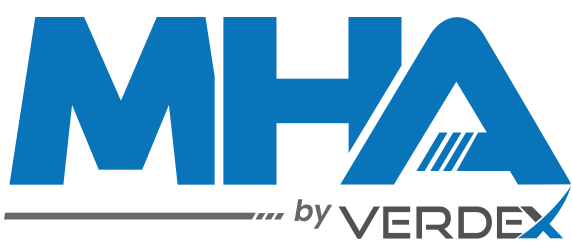
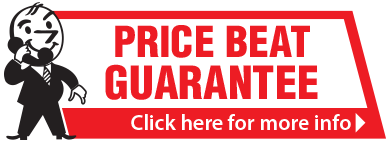


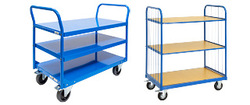

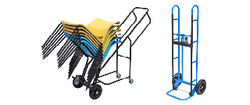


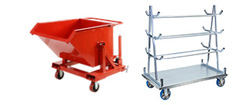
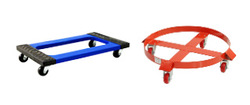
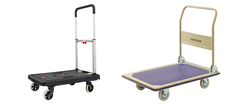
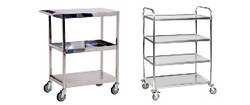

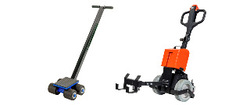
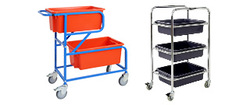
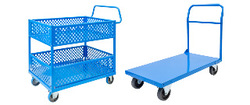
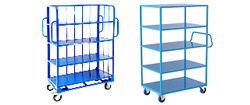
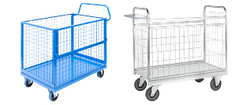
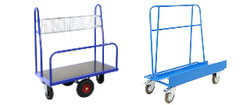
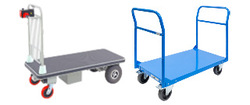
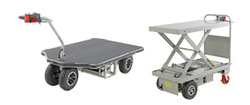

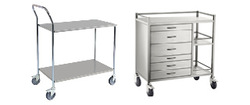
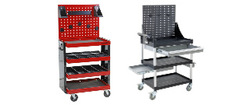
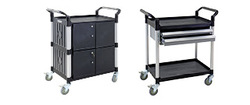
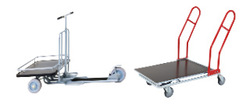
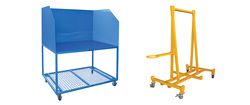



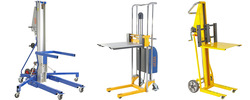



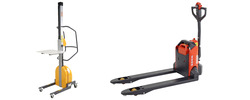
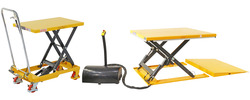
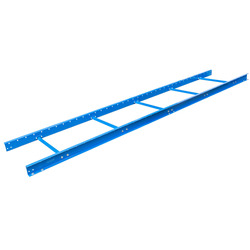
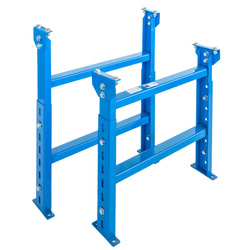

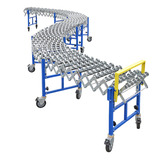




















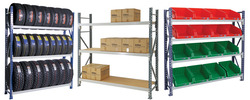
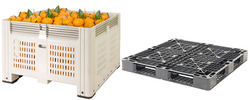
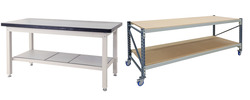
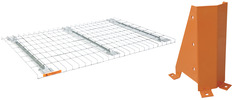
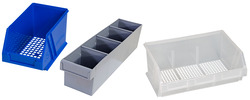

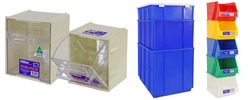

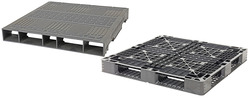

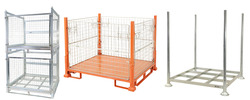

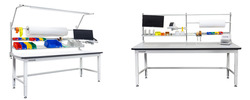

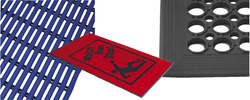
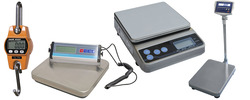



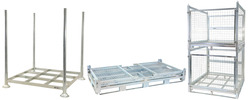
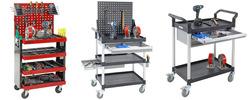
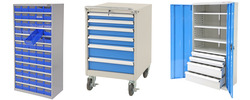

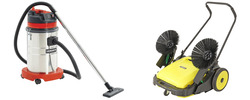











 Trolleys / Hand Trucks
Trolleys / Hand Trucks 2 Tier Trolleys
2 Tier Trolleys 3 Tier Trolleys
3 Tier Trolleys Aluminium Trolleys
Aluminium Trolleys Appliance & Hand Trucks
Appliance & Hand Trucks Cage Trolleys
Cage Trolleys Cleaning Carts & Trolleys
Cleaning Carts & Trolleys Construction Trolleys
Construction Trolleys Dollies
Dollies Foldable Trolleys
Foldable Trolleys Hospital Trolleys
Hospital Trolleys Laundry/Linen Trolleys
Laundry/Linen Trolleys Load Skates & Tow Tugs
Load Skates & Tow Tugs Mail / Office Trolleys
Mail / Office Trolleys Multi Purpose Trolleys
Multi Purpose Trolleys Multi-Tier Shelf Trolleys
Multi-Tier Shelf Trolleys Order Picking Trolleys
Order Picking Trolleys Panel Cart Trolleys
Panel Cart Trolleys Platform Trolleys
Platform Trolleys Powered Trolleys
Powered Trolleys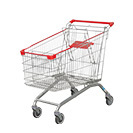 Shopping Trolleys
Shopping Trolleys Stainless Steel Trolleys
Stainless Steel Trolleys Tool Trolleys
Tool Trolleys Utility Carts
Utility Carts Warehouse Trolleys
Warehouse Trolleys Custom Trolleys
Custom Trolleys Lifting Equipment
Lifting Equipment Forklift Attachments
Forklift Attachments Jib Attachments
Jib Attachments Lifting Hoists & Pallet Hooks
Lifting Hoists & Pallet Hooks Manual Stackers & Lifters
Manual Stackers & Lifters Pallet Jacks
Pallet Jacks Pallet Lifters
Pallet Lifters Pallet Rotators & Dispenser
Pallet Rotators & Dispenser Powered Pallet Trucks & Electric Lifters
Powered Pallet Trucks & Electric Lifters Scissor Lift Trolleys and Tables
Scissor Lift Trolleys and Tables Conveyor Equipment
Conveyor Equipment Conveyor Frames
Conveyor Frames Conveyor Stands
Conveyor Stands Roller Conveyors
Roller Conveyors Skate Wheel Conveyors
Skate Wheel Conveyors Access Equipment
Access Equipment Container & Yard Ramps
Container & Yard Ramps Step Stools & Ladders
Step Stools & Ladders Work Platforms & Crane Cages
Work Platforms & Crane Cages Drum Handling
Drum Handling Drum Storage & Bunding
Drum Storage & Bunding Drum Trolleys & Lifters
Drum Trolleys & Lifters Forklift Drum Handling
Forklift Drum Handling Containment & Spillage
Containment & Spillage Aerosol Cans Storage Cages
Aerosol Cans Storage Cages Bunded Pallets & Storage
Bunded Pallets & Storage Corrosive Goods Storage Cabinets
Corrosive Goods Storage Cabinets Flammable Liquid Cabinets
Flammable Liquid Cabinets Forklift Gas Storage Cages
Forklift Gas Storage Cages Gas Cylinder Storage
Gas Cylinder Storage Site Storage
Site Storage Spill Kits
Spill Kits Stillage Cages
Stillage Cages Waste Handling
Waste Handling Bin Lifters & Tippers
Bin Lifters & Tippers Plastic Waste Bins and Carts
Plastic Waste Bins and Carts Steel Waste and Tipping Bins
Steel Waste and Tipping Bins Storage Equipment
Storage Equipment 750 Series Cage Configurations
750 Series Cage Configurations Heavy Duty Cabinets & Benches
Heavy Duty Cabinets & Benches Heavy Duty Shelving
Heavy Duty Shelving Mega Bins & Pallets
Mega Bins & Pallets Packing Benches
Packing Benches Pallet Racking Accessories
Pallet Racking Accessories Parts Trays & Stor-Pak Bins
Parts Trays & Stor-Pak Bins Pegboard & Louvre Panels
Pegboard & Louvre Panels Plastic Bins
Plastic Bins Plastic Handling Solutions Bins
Plastic Handling Solutions Bins Plastic Pallets
Plastic Pallets Stack & Nest Bins
Stack & Nest Bins Storage Cages
Storage Cages Workplace Equipment
Workplace Equipment Workbenches
Workbenches Modular Workbenches
Modular Workbenches Electric Height-Adjustable Workbenches
Electric Height-Adjustable Workbenches Floor Matting
Floor Matting Industrial Weighing Scales
Industrial Weighing Scales Pallet Wrapping & Packaging Machinery
Pallet Wrapping & Packaging Machinery Ramps
Ramps Stationery Cupboards
Stationery Cupboards Storage and Stillage Cages
Storage and Stillage Cages Tool Trolleys
Tool Trolleys Tooling Cabinets
Tooling Cabinets Wheelie Bins
Wheelie Bins Workshop Equipment
Workshop Equipment Safety Equipment
Safety Equipment Gloves and PPE
Gloves and PPE Pallet Rack Post Protectors
Pallet Rack Post Protectors Safety Barriers & Bollards
Safety Barriers & Bollards Safety Knives & Cutters
Safety Knives & Cutters Signs and Traffic Supplies
Signs and Traffic Supplies Tool & First Aid Boxes
Tool & First Aid Boxes Construction Equipment
Construction Equipment Concrete Equipment
Concrete Equipment General Site Equipment
General Site Equipment Lifting Equipment
Lifting Equipment Site Storage
Site Storage Waste
Waste 










